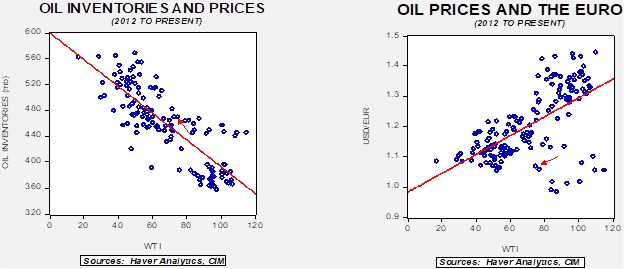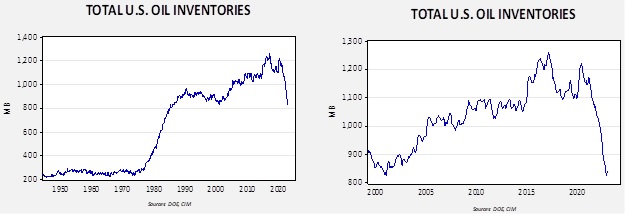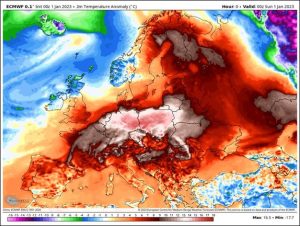Letter to Investors | PDF
A new year is underway, and we wish you and yours all the best in 2023! The stock market certainly seems to be optimistic about the new year: the S&P 500 is up 4.1% through its first full two weeks of 2023 and it’s up 14.5% from the 52-week low on October 13. Without repeating too much of my October letter, you know that we believe a recession is likely in the current year. In fact, that seems to be the consensus among Wall Street economists. So, why the positive market behavior?
Financial markets are not independent entities, but rather represent the collective behaviors of thousands of participants, each of whom is making their best guess about the future. When most of those participants expect the same thing to occur, guess what? It’s “in the market,” as we say; that is, the event is almost certainly reflected in market prices. In my opinion, the stock market spent the middle six months of last year discounting the probability of a 2023 recession.
It remains to be seen whether this recession will be shallow, normal, or deep. Our expectation is that it will be shallow-to-normal, which seems to concur with the consensus view, judging by the market’s behavior. Why is that? The U.S. consumer appears to be in better shape than usual at this point in the cycle. Relatively low unemployment rates mean that most people who want a job have one, consumer debt relative to household cash and income is relatively low, and the banking system appears to be in very good shape relative to past cycles. One reason for this good condition is that the last recession was just three years ago (2020), meaning there hasn’t been a lot of time for businesses and consumers to over-extend themselves. In addition, the extraordinary fiscal and monetary stimulus the economy received in the wake of the pandemic-induced recession allowed many to reduce their debts and “get their houses in order.”
On the other hand, could the recession be deeper? Yes, it is possible that the Fed will raise the fed funds rate beyond what the market presently expects (that is, more than 5.0% to 5.5%), which might cause a worse recession. Geopolitical factors, especially those involving Russia or China, could intervene and deepen a recession. But, at this point, we believe those are lower probability events. The stock market tends to look six to 12 months into the future and, in our opinion, the market is presently looking past the recession to what late 2023 and even 2024 might look like. Our crystal ball gets cloudy that far out, but, as we noted last quarter, we see other trends in place today that will likely continue for many years.
Notably, we expect the average rate of inflation over the next 10 years to be meaningfully higher than the last 10 years. Inflation is “too much money chasing too few goods.” Politicians and economists talk incessantly about the “too much money” part of that definition. Thus, they obsess over money supply and monetary stimulus. What they forget is that the “too few goods” side of the definition is usually the key determinant of inflation. When ever-increasing globalization was dramatically increasing the supply of goods and lowering their cost (from approximately 1980 to 2015), inflation trended lower and stayed there. Once globalization peaked, however, the trend began to change. Throw in the disruptions due to a pandemic and a war and you have a real supply problem, otherwise known as inflation. While the pandemic is winding down and the war will eventually end, deglobalization is here to stay.
As a result, we expect inflation to average 4% or more for the long-term, about double the prior long-term rate. That’s what we’re factoring into our thinking. It is a headwind for investment returns, to be sure, but, as we’ve communicated in prior letters, this is not an environment unknown to us. Our investment strategies and security selection processes were all developed with higher inflation in mind because we are old enough to have experienced it before.
We appreciate your confidence in us.
Gratefully,
Mark A. Keller, CFA
CEO and Chief Investment Officer



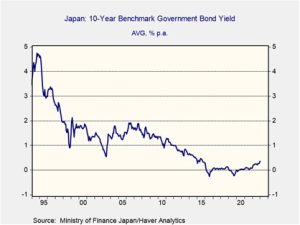

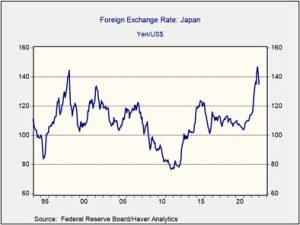
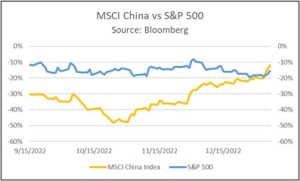
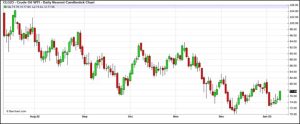
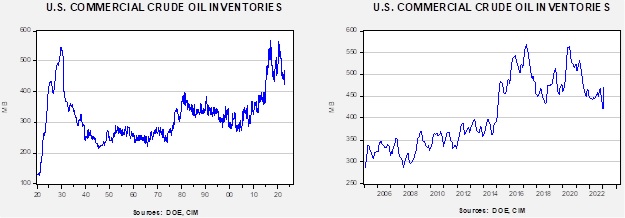
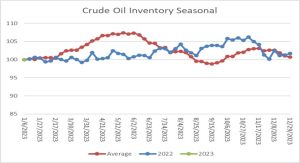
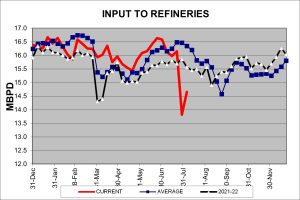 (Sources: DOE, CIM)
(Sources: DOE, CIM)